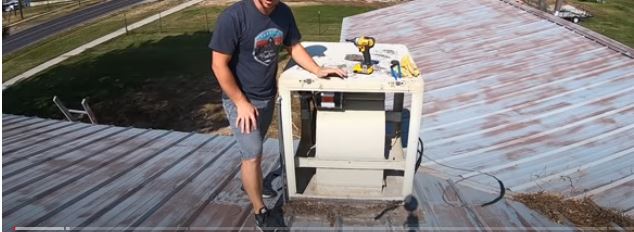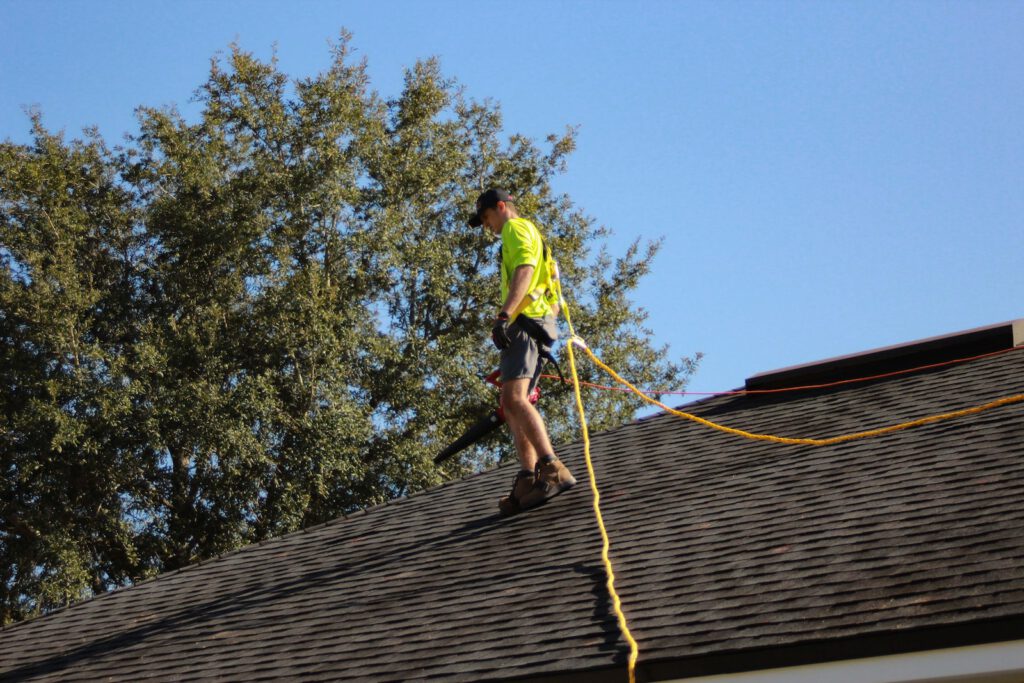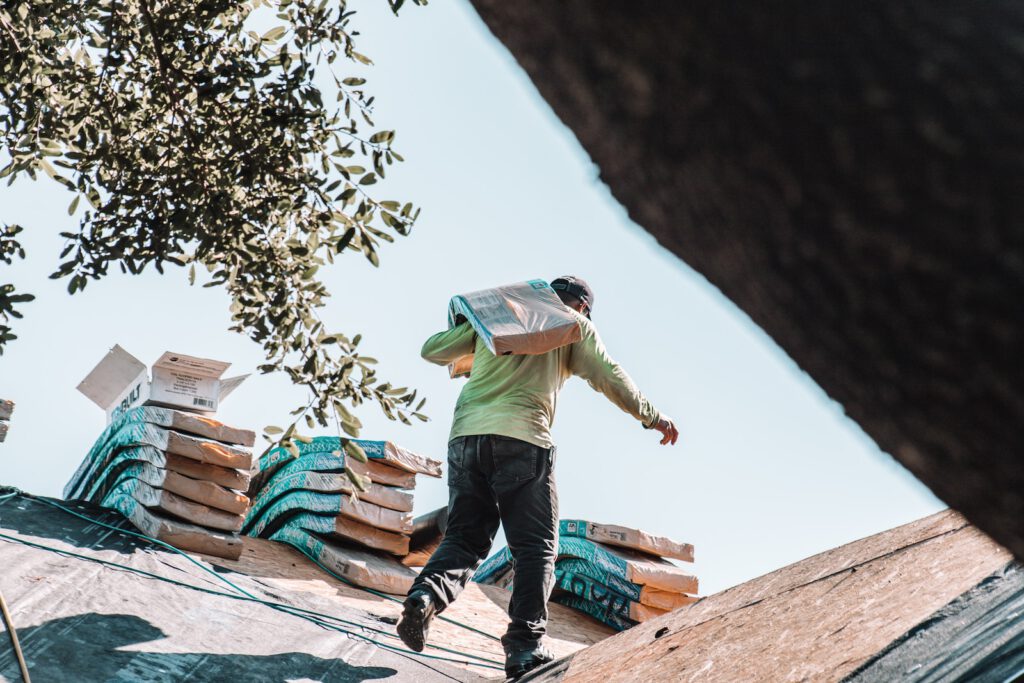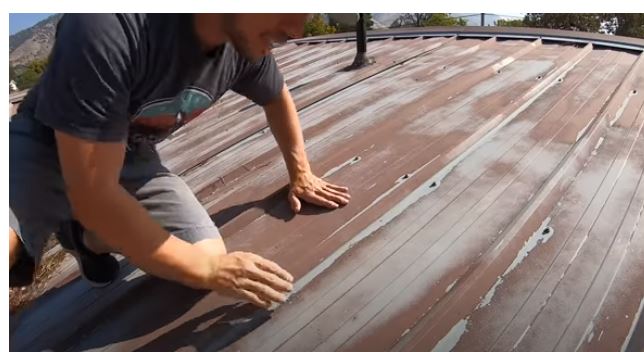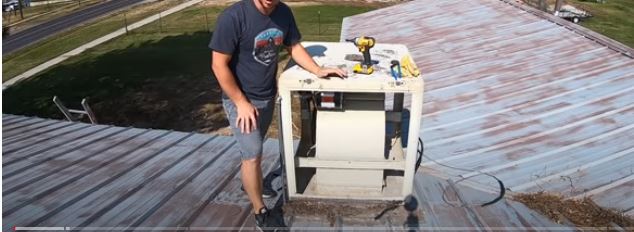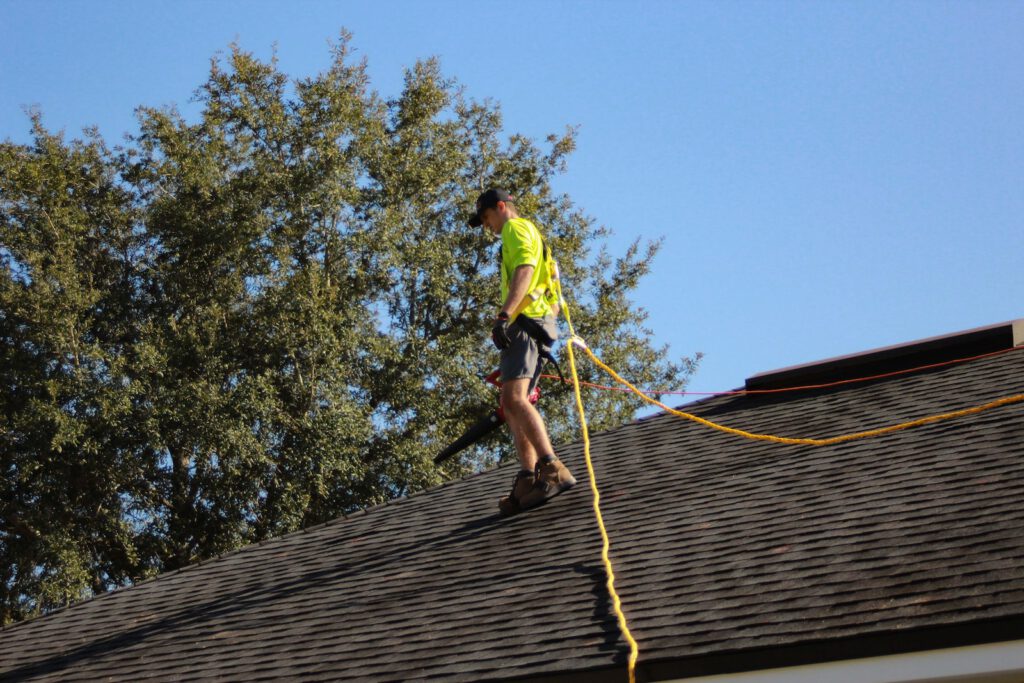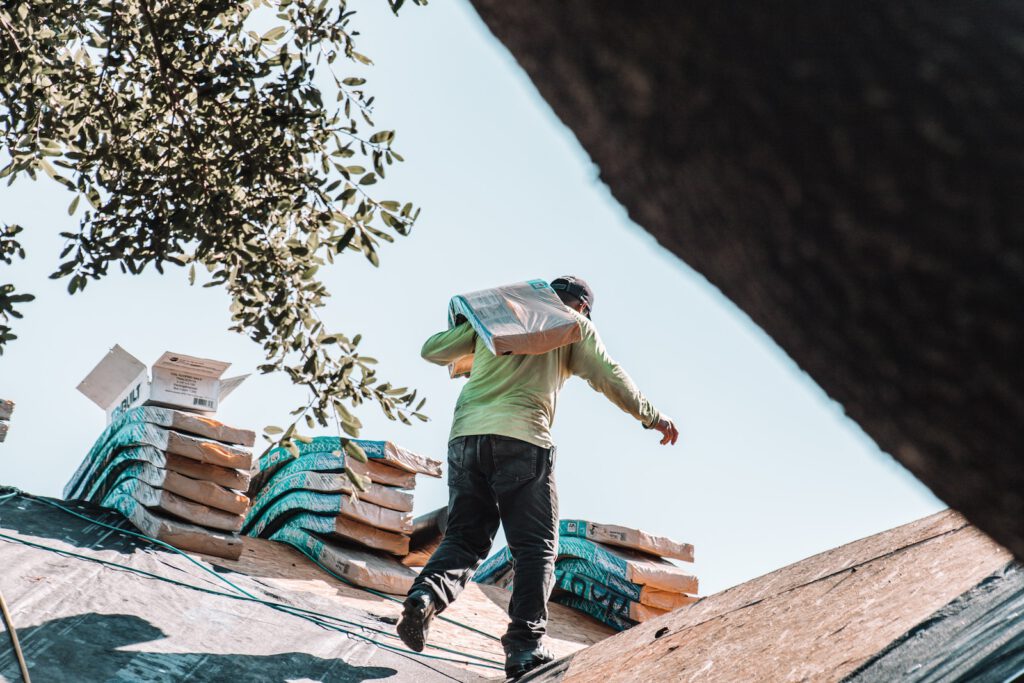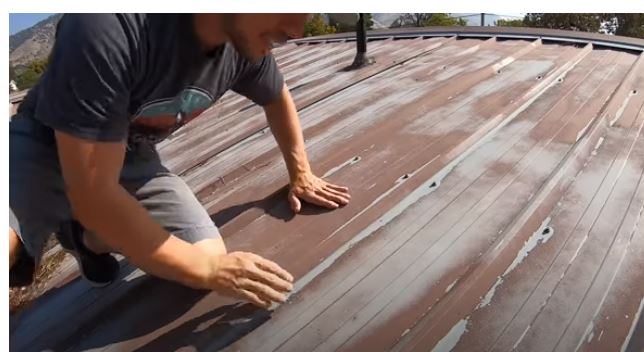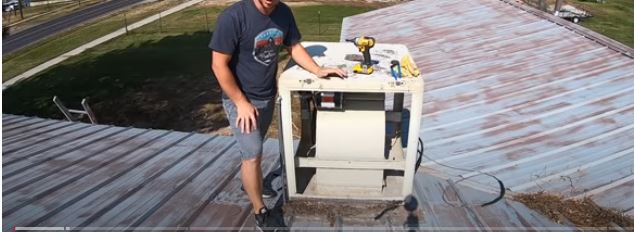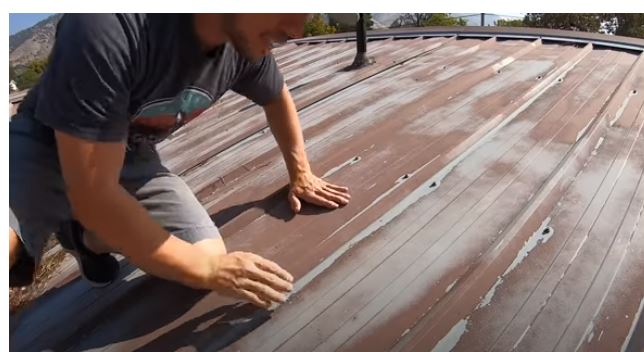
Roof Green, Live Green: A DIY Guide to Sustainable Roofing
I. Introduction
A. Importance of Sustainable Roofing
Sustainable roofing is not just a passing trend but a crucial responsibility we have towards our planet. As environmental concerns continue to escalate, it is essential that we reflect on the materials we use and the practices we adopt. Sustainable roofing plays a significant role in reducing waste in landfills, decreasing energy consumption, and lowering greenhouse gas emissions.
B. Benefits of Adopting Green Roofing Practices
Adopting green roofing practices offers a multitude of benefits. These practices not only help in preserving the environment but also provide economic advantages. Homeowners can experience significant energy savings due to improved insulation, leading to reduced utility bills. Additionally, sustainable roofing materials have an extended lifespan, reducing the need for frequent replacements and saving money in the long run.
II. Understanding Sustainable Roofing
A. Definition and Principles of Sustainable Roofing
Sustainable roofing refers to the use of materials and practices that minimize environmental impact and promote energy efficiency. The principles of sustainable roofing revolve around the entire lifecycle of the roof – from the selection of recyclable materials and the implementation of efficient installation practices to the planning for end-of-life recycling or disposal. By considering the complete lifecycle, sustainable roofing aims to minimize waste and maximize energy efficiency.
B. Types of Sustainable Roofing Materials
There is a wide array of sustainable roofing materials available today, catering to various aesthetic preferences, climate conditions, and budgets. Some popular options include recycled shingles, metal roofing, clay or concrete tiles, and even living roofs covered in plants. Each material has its own set of advantages, such as durability, energy efficiency, and recyclability, making it easier for homeowners to find a suitable option for their specific needs.
Some examples of sustainable roofing materials include:
- Recycled shingles: These shingles are made from recycled materials such as plastic, rubber, or wood fibers. They are durable, cost-effective, and contribute to waste reduction.
- Metal roofing: Metal roofs are known for their longevity and recyclability. They are highly resistant to extreme weather conditions, offering excellent protection and insulation.
- Clay or concrete tiles: These tiles are long-lasting and provide superior insulation. They are available in various colors and styles, adding aesthetic appeal to any home.
- Living roofs: These roofs are covered in vegetation, creating a natural habitat for plants and wildlife. They offer insulation, reduce stormwater runoff, and improve air quality.
III. Planning for a Sustainable Roof
A. Assessing the Current Roof Condition
Before embarking on the journey of sustainable roofing, it is crucial to assess the current condition of your roof. Look for signs of damage, leaks, and insulation issues. A thorough inspection will help you determine the extent of work required and whether a complete replacement or just a retrofit would be sufficient. Identifying and addressing existing issues is vital to ensure the success and longevity of your sustainable roof.
B. Determining the Suitable Sustainable Roofing Options
Once you have assessed your current roof condition, it is time to explore the sustainable roofing options available to you. Consider factors such as the construction of your building, the climate in your region, and your budget. Research the durability, energy efficiency, recyclability, and aesthetic appeal of the materials before making a decision. It is essential to select a roofing option that aligns with your specific needs and goals.
C. Setting a Budget and Timeline
Planning a sustainable roof requires careful consideration of your budget and timeline. While sustainable roofing options may have a higher upfront cost, the long-term savings and environmental benefits often outweigh the initial investment. Consider the potential energy savings, reduced maintenance costs, and extended lifespan of the roof when determining your budget. Additionally, plan a realistic timeline, taking into account weather conditions and the scale of work involved.
IV. Choosing Sustainable Roofing Materials
A. Overview of Eco-friendly Roofing Materials
Eco-friendly roofing materials are those that are recyclable, have a long lifespan, and contribute to energy efficiency. These materials not only reduce environmental impact but also add a unique aesthetic appeal to your home. Metal roofing, for example, is highly recyclable and offers excellent durability. Slate or tile roofs are known for their longevity and classic appearance. Recycled-content shingles provide cost-effective options while reducing waste. Green roofs, on the other hand, offer insulation, stormwater management, and the opportunity to create a biodiverse environment.
B. Comparing the Pros and Cons of Each Material Option
Every sustainable roofing material comes with its own set of advantages and disadvantages. It is crucial to compare these pros and cons to make an informed decision. For example, while metal roofs are durable and highly recyclable, they can be noisy during rainfall. Recycled-content shingles are cost-effective and easy to install but may not be suitable for extremely hot climates. Consider factors such as lifespan, energy efficiency, recyclability, and cost when evaluating different material options.
C. Factors to Consider When Selecting Materials
When choosing sustainable roofing materials, several factors should be taken into consideration. The lifespan of the material and its ability to withstand the local climate are important considerations for long-term durability. Energy efficiency is another crucial factor, as it impacts both the environment and your utility bills. Additionally, consider the recyclability of the material and its overall cost. By carefully evaluating these factors, you can select the most suitable material for your sustainable roof.
V. Preparing for the Installation Process
A. Safety Precautions and Equipment Needed
Safety should always be a top priority when installing a sustainable roof. Ensure that you have the right protective gear, such as gloves, safety glasses, and a hard hat. Additionally, have the necessary tools and equipment ready, including hammers, nails, ladders, and scaffolding. By being adequately prepared, you can minimize the risk of accidents and ensure a smooth installation process.
B. Clearing the Roof Surface and Repairing Any Damages
Before starting the installation, it is essential to clear the roof surface of any existing materials and repair any damages. Remove old shingles or tiles and fix any leaks or cracks. A clean and sturdy surface is key to a successful installation and the longevity of your sustainable roof. Proper preparation ensures a solid foundation for the new roofing materials.
C. Ensuring Proper Insulation and Ventilation
A sustainable roof goes beyond the materials used; it also involves ensuring proper insulation and ventilation. Proper insulation helps maintain a comfortable indoor temperature, reducing the need for artificial heating or cooling. Adequate ventilation prevents moisture buildup and improves energy efficiency. These elements play a crucial role in the overall effectiveness and longevity of your sustainable roof.
VI. Step-by-step Guide to Installing a Sustainable Roof
A. Removing the Existing Roof (if applicable)
If a complete roof replacement is necessary, the first step involves removing the existing roof. This process must be done carefully to prevent any damage to the underlying structure. Additionally, it is important to dispose of the old materials responsibly, following local regulations and guidelines. Recycling or repurposing the materials whenever possible is a sustainable approach.
B. Installing Underlayment and Waterproofing
Once the old roof has been removed, the next step is to install an underlayment. This provides a secondary layer of protection against water infiltration. Additionally, a waterproofing membrane is applied to further safeguard against potential leaks. These layers are essential for ensuring the longevity and performance of your sustainable roof.
C. Placing and Securing the Chosen Sustainable Roofing Materials
The sustainable roofing materials chosen can now be placed and secured. The installation process varies depending on the type of material used. For instance, metal panels are installed differently than shingles or tiles. Regardless of the material, it is crucial to ensure that it is secured properly to withstand wind and other environmental elements. Following manufacturer guidelines and industry best practices is essential for a successful installation.
D. Sealing and Finishing Touches
After the sustainable roofing material is securely in place, the sealing process begins. Sealing helps create a watertight barrier, further preventing any leaks and enhancing the overall performance of the roof. Once sealed, finishing touches such as the installation of ridge caps or gutter systems can be completed, culminating in a fully installed sustainable roof.
VII. Maintaining a Sustainable Roof
A. Regular Inspection and Maintenance Routines
Regular inspection and maintenance of your sustainable roof are crucial for maximizing its lifespan and performance. Conduct routine inspections to identify any signs of damage or wear and tear. Addressing issues promptly can prevent further damage and costly repairs. Additionally, regular cleaning is essential, especially for green roofs, to maintain their aesthetic appeal and functionality.
B. Cleaning Techniques for Different Roofing Materials
Different roofing materials require specific cleaning techniques to ensure their longevity and appearance. For example, metal roofs can be cleaned using a soft brush and gentle detergent, while green roofs require regular weeding and watering. It is important to refer to the manufacturer’s guidelines for the appropriate cleaning and maintenance routine for your specific roofing material. Following proper cleaning techniques will help preserve the integrity and functionality of your sustainable roof.
C. Troubleshooting Common Roofing Issues
Addressing common roofing issues promptly is crucial to prevent further damage and maintain the performance of your sustainable roof. Leaks, loose or broken tiles, and poor insulation are common issues that should be addressed as soon as they are identified. If you do not feel comfortable dealing with these issues yourself, do not hesitate to call in a professional roofing contractor. Prompt troubleshooting and repairs ensure the long-term success of your sustainable roof.
VIII. Other Sustainable Roofing Options
A. Green Roofs and Their Benefits
Green roofs, also known as living roofs, are an excellent sustainable roofing option with numerous benefits. By covering the roof with plants, green roofs provide insulation, reduce stormwater runoff, and contribute to biodiversity. They also offer aesthetic benefits, creating a lush, green space that can even be used for gardening. Green roofs are an innovative and eco-friendly way to enhance the sustainability of your home.
B. Rainwater Harvesting Systems for Sustainable Water Usage
Incorporating rainwater harvesting systems into your sustainable roof design is a great way to promote sustainable water usage. These systems collect and store rainwater, which can then be used for irrigation, washing, or even after proper treatment, for drinking. By utilizing rainwater, you can reduce your reliance on traditional water sources, conserve water, and lower your utility bills. Rainwater harvesting is a sustainable practice that complements the overall sustainability of your roof.
IX. Conclusion
A. Recap of the Importance of Sustainable Roofing
In conclusion, sustainable roofing is a crucial way to reduce our environmental footprint and contribute to a greener future. It offers numerous benefits, from energy savings and extended roof lifespans to the creation of habitats for local wildlife. Sustainable roofing involves not only

